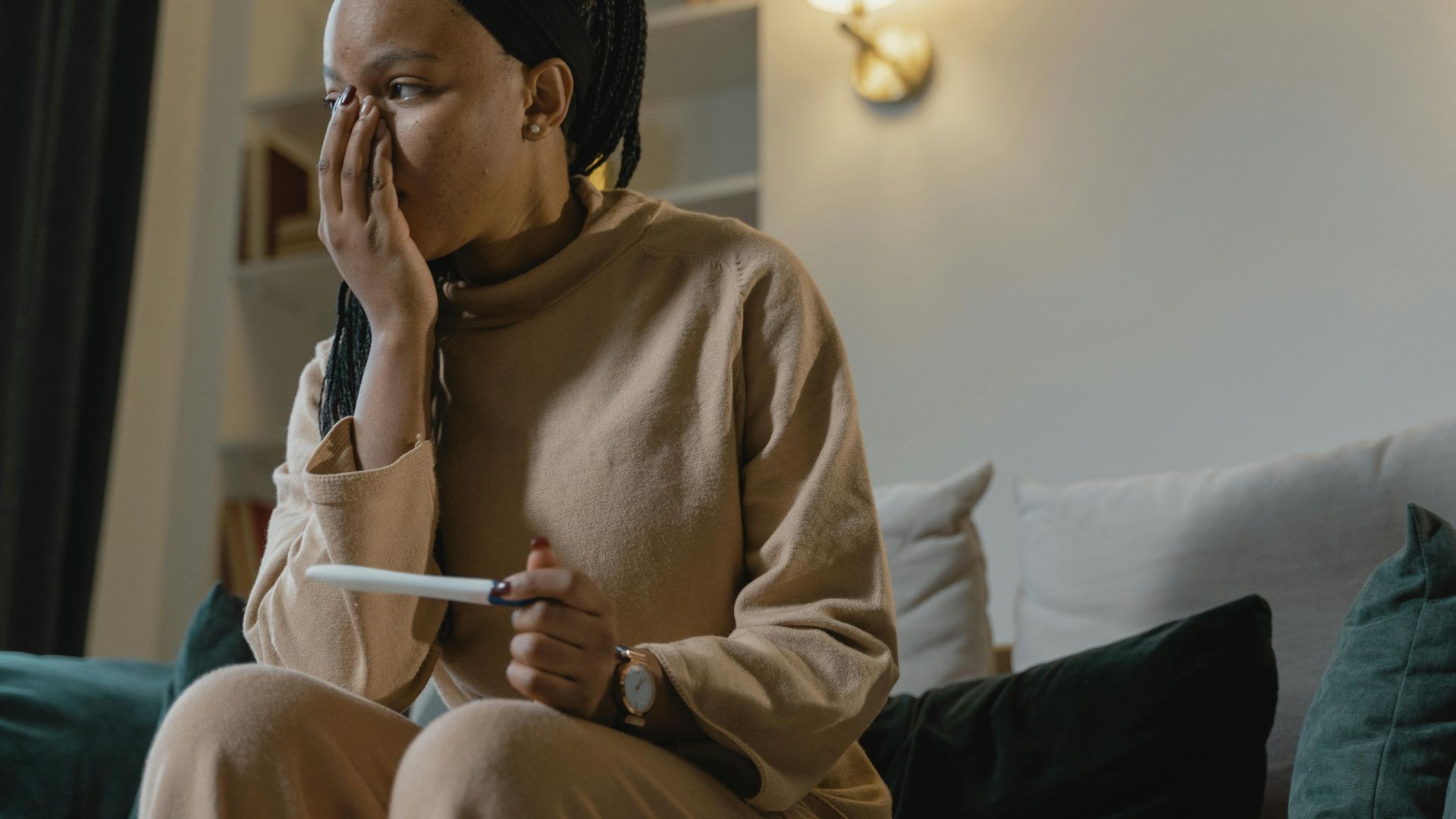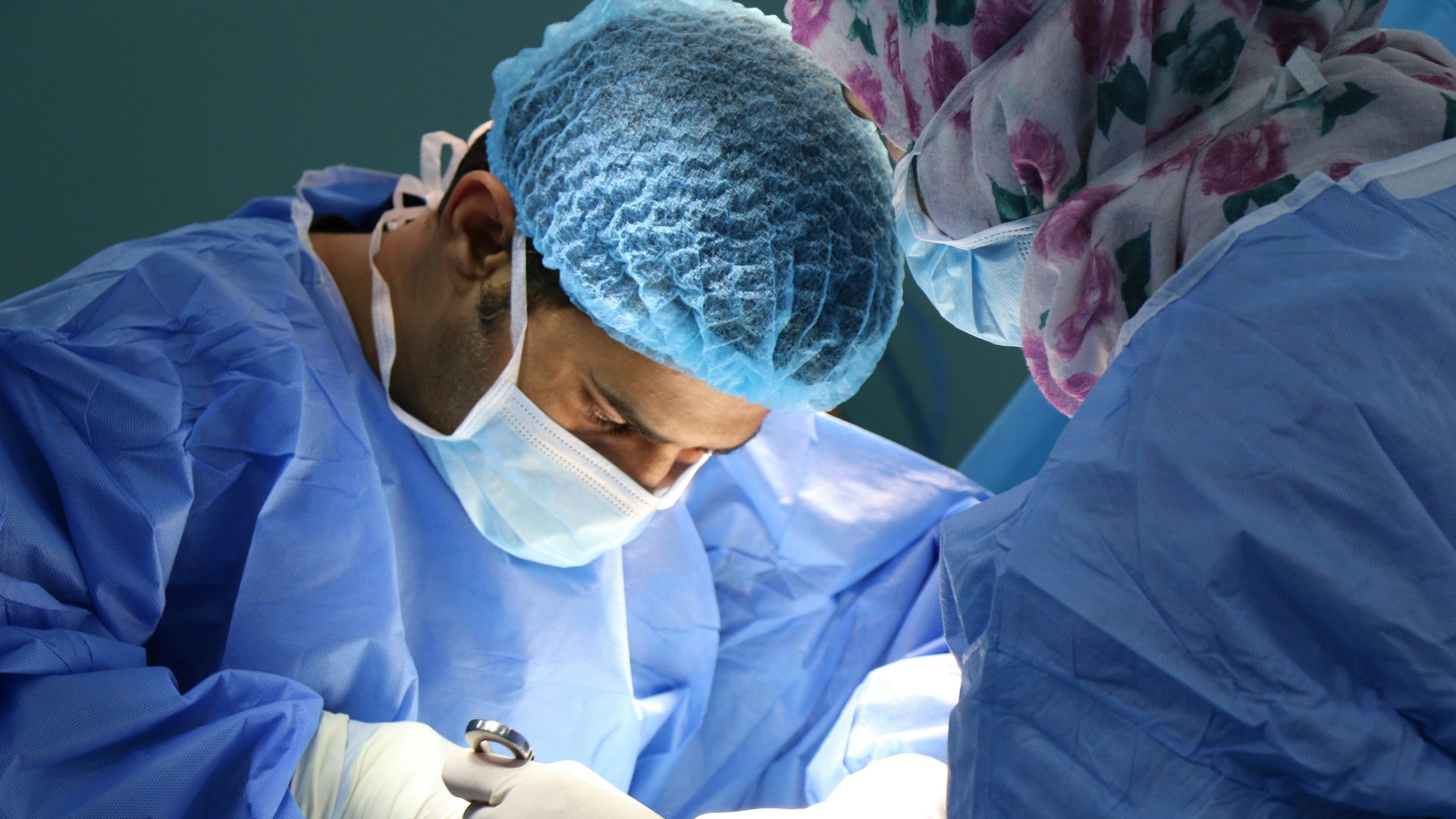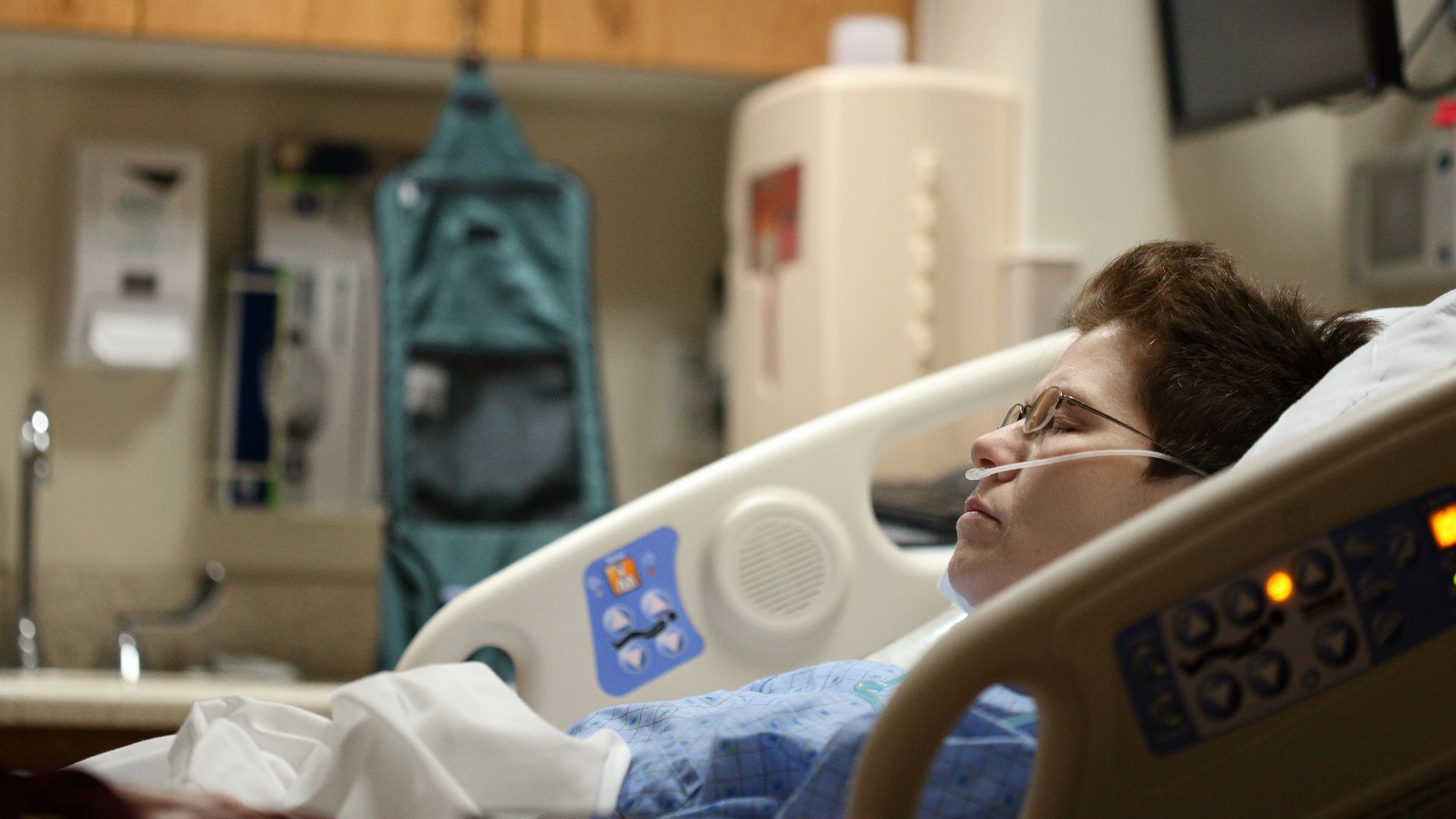Breaking The Silence Around Endometriosis
For many women, endometriosis is a mystery that hides in plain sight—causing distress long before it’s recognized. It’s a chronic condition where tissue similar to the uterine lining grows elsewhere, often disrupting health and daily comfort. Yet awareness and understanding remain limited, leaving countless women to suffer from confusion instead of clarity. Read on to learn what every woman should know about endometriosis—and the options that could finally bring relief. Let’s begin with the signs you should never ignore.
1. Knife-Like Pain During Ovulation
A sudden, stabbing sensation around ovulation can point to endometriosis. The pain may appear before, during, or after a period and sometimes mimics other pelvic issues like ovarian cysts. Even small tissue growths can cause unexpectedly sharp discomfort.
2. Heavy Menstrual Bleeding With Clots
Endometriosis can make menstrual flow alarmingly heavy. Some people must change tampons or pads every hour or two, while others experience bleeding lasting beyond a week. Clots often appear, and the overall flow feels heavier and more painful than usual.
3. Chronic Lower Back Aches
Back pain that lingers beyond the menstrual cycle frequently signals endometriosis. The ache may start mildly but evolve into chronic discomfort mistaken for muscle or spine problems. Interestingly, pain intensity doesn’t always reflect how much tissue has spread internally.
4. Painful Bowel Movements During Periods
Some experience sharp pain during bowel movements because endometrial tissue affects it. Constipation and diarrhea often alternate, confusing many into suspecting irritable bowel syndrome. Additionally, the discomfort typically intensifies around menstrual days.
5. Blood In Urine During Menstruation
When endometriosis reaches the bladder, urination can become painful and occasionally blood-tinged during periods. Though less common, this symptom signals internal tissue growth in the urinary tract. Pain or urgency typically intensifies around menstruation, then eases once bleeding subsides.
6. Spotting Between Regular Periods
Bleeding that appears between cycles—known as spotting—commonly occurs with endometriosis. It mostly masquerades as hormonal fluctuation or irregular periods. Some experience both heavy menstrual flow and intermittent spotting, which complicates diagnosis and leads many to assume it’s a normal variation.
7. Infertility Despite Regular Ovulation
Endometriosis is among the top causes of infertility. Many discover it only after struggling to conceive, even with normal cycles and ovulation. The condition can silently interfere with fertility, and in some cases, infertility appears as the only noticeable symptom.
8. Bloating Known As “Endo Belly”
Endometriosis can cause intense abdominal bloating called “endo belly.” The swelling tends to worsen before or during menstruation and may resemble pregnancy. Some also experience nausea as part of this digestive discomfort, making the symptom both visible and distressing.
 Antoni Shkraba Studio on Pexels
Antoni Shkraba Studio on Pexels
9. Leg Pain Radiating From Pelvis
Nerve pain linked to endometriosis can radiate down one or both legs to resemble sciatica. It often begins in the pelvic area and travels outward. Because it mimics nerve or muscle issues, this leg pain can easily go unrecognized or misdiagnosed.
10. Fatigue Unrelated To Activity
Many with endometriosis report exhaustion that feels unearned by effort. Fatigue can strike even during rest and sometimes disrupt daily routines. Experts believe the body’s constant response to pain and inflammation drains energy, creating lasting tiredness that ordinary sleep cannot fix.
Recognizing the signs is only half the battle—finding the right ways to ease them is what truly changes life with endometriosis.
1. NSAIDs For Endometriosis Pain Relief
Doctors mostly reach for NSAIDs first because they block prostaglandins—the chemicals behind inflammation and pelvic pain. Medications like ibuprofen or naproxen reduce the sharp aches linked to endometriosis and remain accessible options both over the counter and by prescription.
2. Combined Hormonal Birth Control Therapy
Regulating or stopping periods entirely can bring major relief for those with endometriosis. Combined hormonal treatments, available as pills, patches, or rings, limit menstrual flow and ease pain by keeping hormone levels steady throughout the month.
3. Progestin-Only Hormone Treatment Options
When estrogen-based therapies aren’t suitable, progestin-only options take the lead. Pills or hormonal IUDs shrink endometrial tissue to lessen bleeding, which may stop periods altogether. Many people experience years of steady symptom control through this targeted hormonal approach.
4. GnRH Agonists And Antagonists Therapy
By reducing estrogen levels, GnRH medications mimic temporary menopause to ease pain and slow tissue growth. Because hot flashes and bone loss sometimes appear, doctors add hormone “add-back” therapy to balance side effects until treatment cycles end.
5. Laparoscopic Lesion Removal Surgery
Through small incisions, surgeons can remove or destroy endometrial lesions using laparoscopic, or “keyhole,” techniques. The procedure’s minimally invasive design means shorter recovery times and significant pain relief, which allows many to return to normal activity within days.
6. Acupuncture And Chiropractic Pain Care
Acupuncture involves placing thin needles at precise points to help relieve pelvic pain. Some also explore chiropractic adjustments for additional musculoskeletal comfort. Combining these practices with medical treatment can complement overall pain-management strategies for endometriosis.
7. Pelvic Floor Physical Therapy Sessions
Pelvic floor therapy targets the muscle tension that often accompanies endometriosis pain. Therapists help patients through personalized exercises, manual adjustments, and relaxation methods to restore mobility and reduce pelvic tightness that interferes with comfort and daily routines.
8. Anti-Inflammatory, Omega-3-Rich Diet Plan
Some people manage endometriosis symptoms through diet adjustments that support the body’s anti-inflammatory response. Omega-3-rich foods like fish and nuts can help ease inflammation, while reducing red meat and processed foods adds noticeable comfort between cycles.
9. Exercise And Stress-Management Routines
Movement can make a difference. Regular exercise releases endorphins that naturally dull pain, while mindfulness or yoga helps calm stress linked to flare-ups. Together, these routines improve mood and offer a sense of control over daily wellbeing.
10. Hysterectomy For Severe Symptom Cases
When all other treatments fail, hysterectomy may offer lasting relief. The surgery removes the uterus—and sometimes the ovaries—to stop tissue growth and reduce recurring pain. Because it triggers instant menopause, doctors reserve it for the most persistent cases.
KEEP ON READING

20 Different Ways Cold Water Will Improve Your Life


























